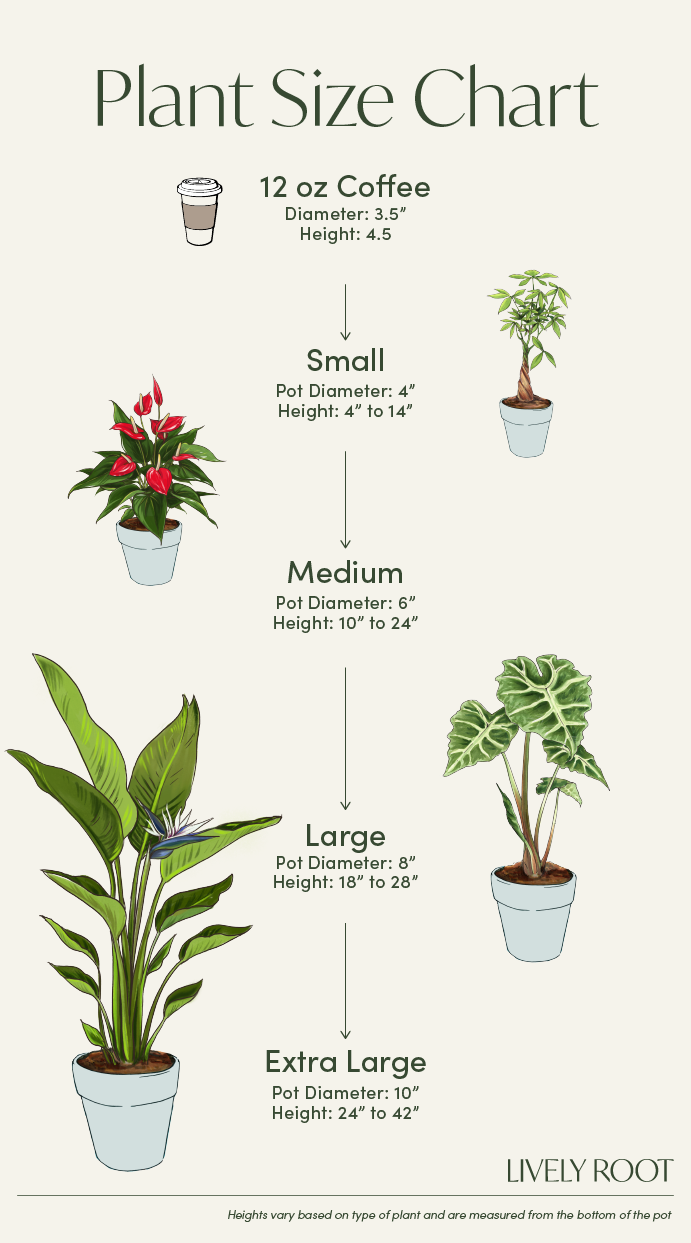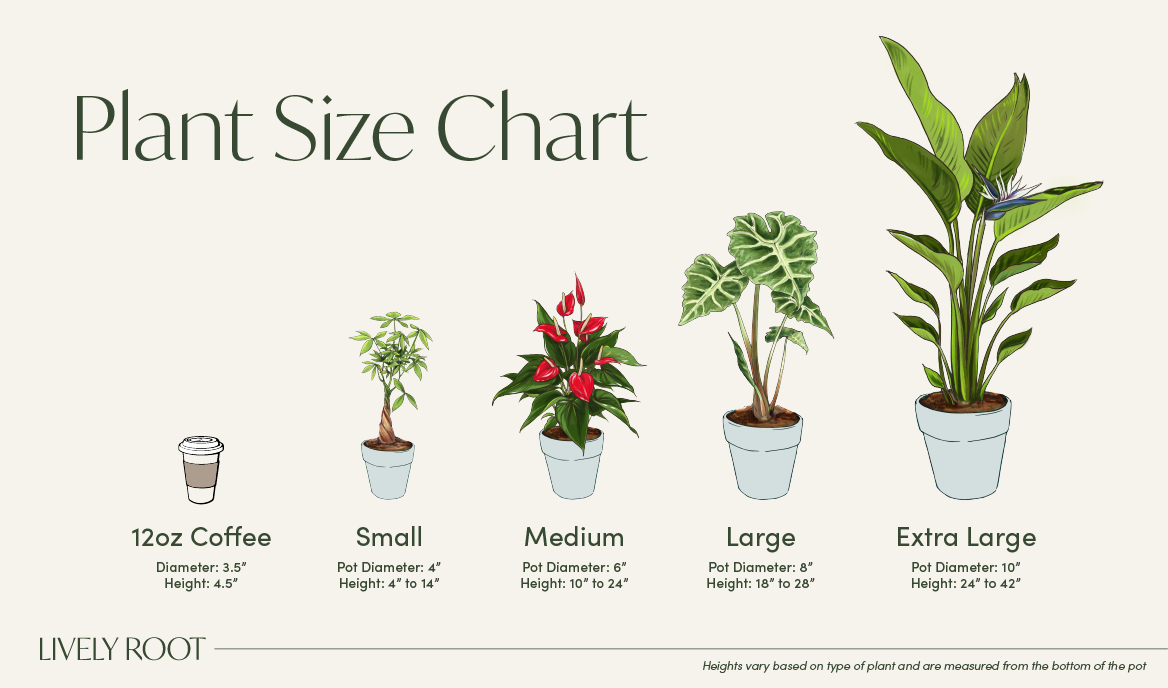

Send love to someone who needs it with this seed paper card and plant bundle.
The Small Bundle contains:
- One Small Peace Lily
- One Small Calathea "Freddy"
- One Seed Paper "Sending Hugs" Card
The Medium Bundle contains:
- One Medium Peace Lily
- One Medium Calathea Orbifolia
- One Seed Paper "Sending Hugs" Card
Calatheas are a beautiful plant, also known as the "prayer plant." His leaves keep the time of the day, so you can enjoy the up-and-down movement of the leaves.
*Our blooms vary and may not arrive as they are pictured. We ship our plants still in buds, so you can enjoy a fresh bloom in your home.*
Sending Hugs Bundle Care Guide

You might also like...
































